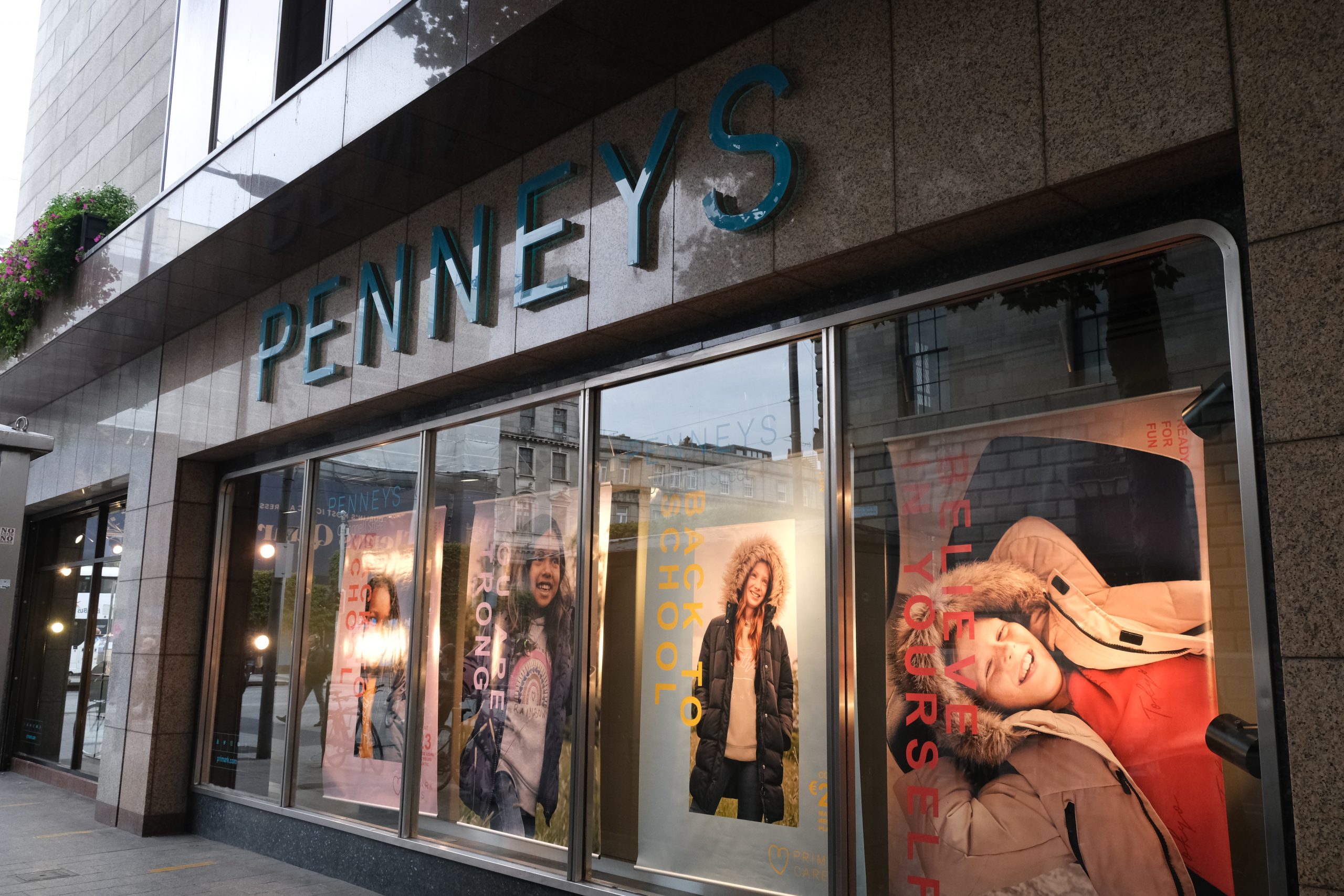TikTok has caused fast fashion retailers to increase their profits by as much as 44% following the viral videos of clothing hauls. These trends, which are encouraged by the popular styles and garments on social media apps, lead to a rise in overconsumption. Creators on TikTok and YouTube post content of large hauls of clothing from websites such as SHEIN, where you can buy large quantities of items for a very cheap price. This encourages viewers to overconsume, which in turn makes over-buying a trend in itself. As well as this, as the creators gain mass amounts of views, they can begin to get paid and sponsored for their content; it benefits them to overconsume. This creates a vicious cycle of fast fashion, and it is important to break out while we can.
Fast fashion is designed to be discarded. Items are worn once or twice and as quickly as they come into fashion, they are out again, leaving them to sit permanently in the back of a wardrobe for the rest of their life. Think of the cherub mesh tops that were popular over lockdown, yet aren’t worn any more as TikTok creators have moved on to the next garment. Another microtrend is the brand House of Sunny; their green dress and fluffy cardigans were trending a few months ago, but now they are nowhere to be seen on social media. Fast fashion flows at a pace that is unethical and unsustainable. Every week on social media brings about a new trend, which causes consumers to purchase these items on a regular basis. The cheap price lures us in, and before we know it, we are part of the ongoing issue of fast fashion. The affordability of the clothing encourages mass buying, as it’s the easiest way to buy large quantities of garments.
“Every industry plays a role in damaging the environment in one way or another, fast fashion is an easy trend to combat.”
The mass production of these items cannot be ethically justified. In 2020, Fashion Checker concluded that 93% of investigated brands weren’t paying garment workers a living wage. Due to overconsumption, mass production and lack of recycling, millions of euros worth of garments are wasted. This isn’t only by customers, but often when clothing is returned or doesn’t sell, companies throw the items out instead of recycling, upcycling or donating them to charity. The fast fashion industry is responsible for carbon emissions and pollution to land and water. Statistics from Plastic Soup Foundation show that the fashion industry is responsible for around one third of microplastics found in the ocean. Alarmingly, a study by the UK House of Commons Environmental Audit reveals that clothing production produces more emissions than international plane travel and shipping combined. While it can be said that every industry plays a role in damaging the environment in one way or another, fast fashion is an easy trend to combat.
There are many alternatives to purchasing from fast fashion retailers. For example, the online store Lucy and Yak produces sustainable clothing such as dungarees and trousers. They tell in great detail who made the clothes, what went into making them and the traceability of their material and suppliers. Each product has a label that includes who made your item, and you can go onto their website to see a picture of the worker and read about their story. This is an amazing example of sustainability and accountability in fashion, and it puts many other businesses to shame in their resourcing of materials and manufacturing of garments.
“By purchasing pre-loved clothes, this in a roundabout way is making fast fashion slightly more sustainable, as popular garments are getting a second chance by being sold ethically.”
A counteracting trend on TikTok has been vintage shopping. The hashtag ‘#thriftwithme’ became popular when lockdown lifted and creators could go into second hand shops again. Videos under this craze show consumers thrift shopping, highlighting the amazing hidden gems that can be found in charity shops, which has in turn inspired many to hit the streets and check out their local thrift shops. We are very fortunate in Dublin to have a wide selection of second hand shops — check out George’s Street right up to Rathmines for a 3k stretch of charity shops galore. As well as this, Temple Bar is overwhelmed by vintage and thrift shops. The benefits of shopping second hand are endless; not only do you get your items at a fraction of the price as you would from highstreet stores, you also slow down fashion, which slashes the consumption of fast fashion. Reusing and recycling clothes decreases the items purchased from unethical chains. For those who prefer online shopping, apps like Depop, Vinted, ASOS Marketplace and eBay allow users to buy and sell used clothes. By purchasing pre-loved clothes, in a roundabout way you’re making fast fashion slightly more sustainable, as popular garments are getting a second chance by being sold ethically. Depop, which has over 15 million users worldwide, helps to recycle and reduce the carbon footprint emitted by consumers.
TikTok has had a negative impact on the fast fashion industry, which in turn has affected the environment. Creators and consumers alike are both to blame; creators make content, and those watching give them the views which encourages more content to be made, and the cycle continues. While it is easy to fall into the trap of overconsumption and cheap clothing while on social media, there are alternatives out there that are easy and accessible. Why not challenge yourself — next time you are shopping, try purchasing from a charity shop instead of a fast fashion retailer. It takes for everyone to do their bit to combat fast fashion, whether that’s buying second hand, or not bulk ordering hundreds of euros worth of SHEIN clothing.






